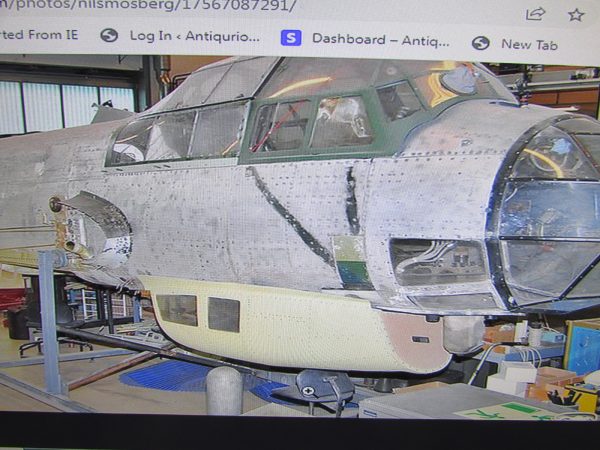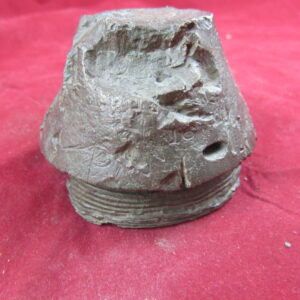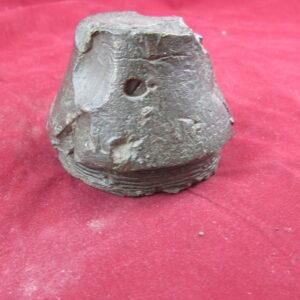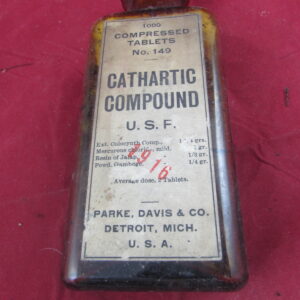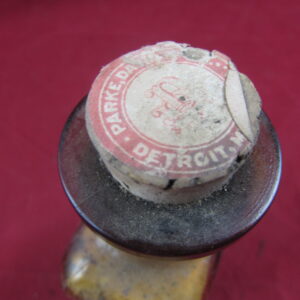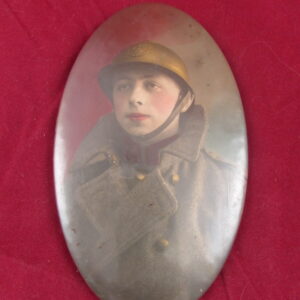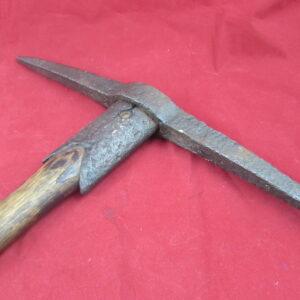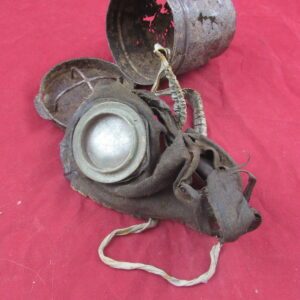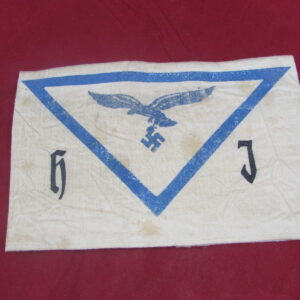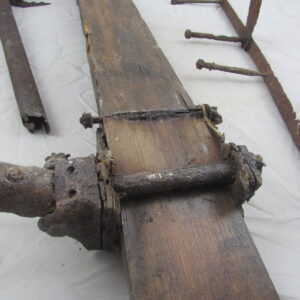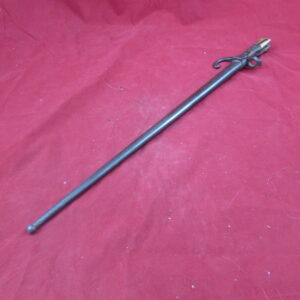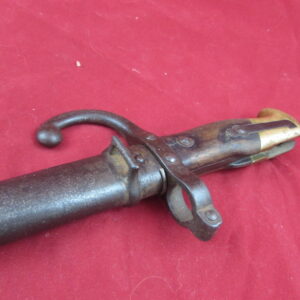Relic WWII JU88 Side Panel
Views: 683
£295.00
WW11, JU88 Side Panel “relic”
- Description
- Shipping and Delivery
Description
Relic WWII JU88 Side Panel
Large piece of panel from a crashed Junkers JU88 , came from a crash site in Norway originally, bought from a collector in Holland.
Piece is 51 inches long x 19 inches width.
Relic condition , Good outer curved shape, all original inc the strengthening spars inside,sorry i no nothing of the crash site just the info i’ve been given.
See Photo’s
Heavy and bulky item so postage will have to be paid for.
The Junkers Ju 88 is a German World War II Luftwaffe twin-engined multirole combat aircraft. Junkers Aircraft and Motor Works (JFM) designed the plane in the mid-1930s as a so-called Schnellbomber (“fast bomber”) that would be too fast for fighters of its era to intercept. It suffered from technical problems during its development and early operational periods but became one of the most versatile combat aircraft of the war. Like a number of other Luftwaffe bombers, it served as a bomber, dive bomber, night fighter, torpedo bomber, reconnaissance aircraft, heavy fighter and at the end of the war, as a flying bomb.[2]
Despite a protracted development, it became one of the Luftwaffe‘s most important aircraft. The assembly line ran constantly from 1936 to 1945 and more than 15,000 Ju 88s were built in dozens of variants, more than any other twin-engine German aircraft of the period. Throughout production the basic structure of the aircraft remained unchanged.[3][4]
In August 1935, the German Ministry of Aviation submitted its requirements for an unarmed, three-seat, high-speed bomber with a payload of 800–1,000 kg (1,800–2,200 lb).[5] Design of the Ju-88 began with a study (EF59) which evolved into two parallel designs, Ju-85 and Ju-88.[6] The Ju 85 was a twin-engined bomber aircraft prototype, designed by Junkers in 1935. The Ministry of Aviation requested the aircraft, which differed from the Ju 88 due to the use of a twin fin tail unit. The aircraft was never put into service.[7]
Design was initiated by Junkers Chief Designer Ernst Zindel.[8] He was assisted by Wilhelm Heinrich Evers and American engineer Alfred Gassner.[9] Evers and Gassner had worked together at Fokker Aircraft Corporation of America where Gassner had been Chief Engineer.[citation needed] Junkers presented their initial design in June 1936, and were given clearance to build two prototypes (Werknummer 4941 and 4942).[5] The first two aircraft were to have a range of 2,000 km (1,200 mi) and were to be powered by two DB 600s. Three further aircraft, Werknummer 4943, 4944 and 4945, were to be powered by Jumo 211 engines.[5] The first two prototypes, Ju 88 V1 and V2, differed from the V3, V4 and V5 in that the latter three models were equipped with three defensive armament positions to the rear of the cockpit, and were able to carry two 1,000 kg (2,200 lb) bombs, one under each inner wing panel.
Relic WWII JU88 Side Panel
At this time, Antiqurio ships to locations within the United Kingdom mainland. Items can be shipped worldwide by prior agreement please contact us. The risk of loss and title for all items ordered on this website pass to you when the items is delivered to the shipping carrier. We are unable to calculate shipping automatically for multiple items when shipping internationally please contact us by email if you wish to purchase more than one item and live outside of the UK; we are working to resolve this
International
Customs and import duties may be applied to International orders when the shipment reaches its destination. This is not imposed by Antiqurio and these charges are the responsibility of the recipient of your order and are likely to vary from country to country. Contact your local customs office for details.
Shipping laws are different in each country. It is your responsibility to check with your Customs office to verify whether the country to which you are shipping permits the shipment of your products. Antiqurio is not responsible for any direct, indirect, punitive, or consequential damages that arise from improper international shipping practices.


